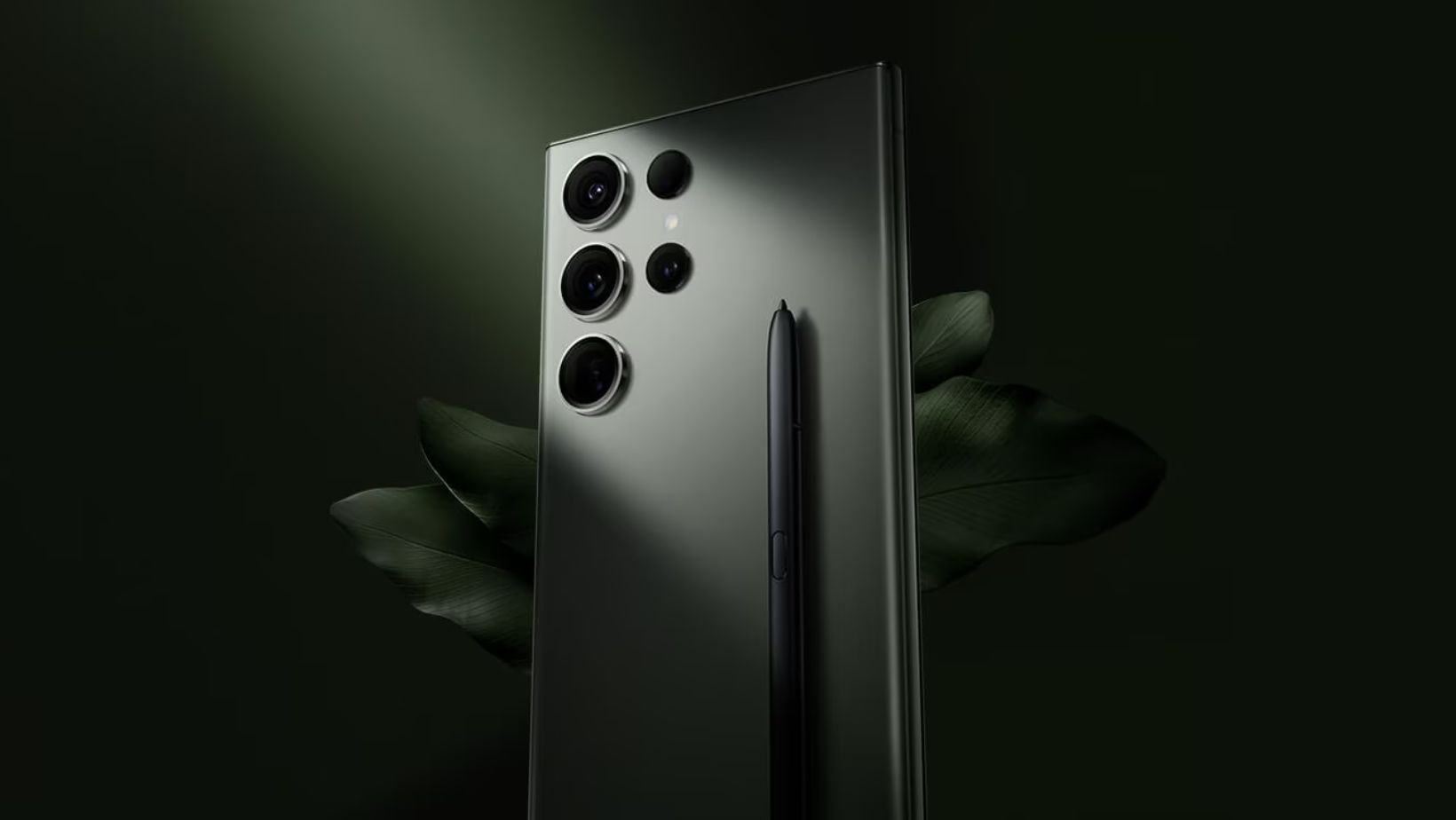Samsung wants to give its future devices a serious boost by integrating these two technologies, normally confined to PCs or consoles.
We knew that Samsung wanted to make its smartphones real small consoles. Indeed, earlier in the year, the South Korean firm proudly announced its collaboration with AMD to manufacture their chips. From now on, Samsung wants to develop its solutions internally and introduce support for ray tracing and super sampling in its future Exynos processors which equip its Samsung Galaxy. A breakthrough expected for 2025, which means that the future Galaxy S24 will not yet benefit from it.
The future Exynos SoCs: real racing beasts
Two revolutionary technologies are currently in development by teams at the Samsung Advanced Institute of Technology (SAIT): Neural Ray Reconstruction and Neural Super Sampling:
- Neural Ray Reconstruction is a ray tracing solution that Samsung is developing independently, which wants to compete with, or even surpass, NVIDIA and AMD technologies. Like its counterparts, it aims to simulate light very realistically in video games.
- Neural Super Sampling is, for its part, the equivalent of NVIDIA’s DLSS or AMD’s FSR. It is a supersampling technology that allows higher image resolution to be displayed on screen by smoothing the edges of 3D objects. All while reducing the demand on processor resources thanks to AI.
The mobile gaming experience on the brand’s high-end smartphones will certainly be transformed. However, we will have to wait until games developed for Android also support these technologies.
The growing role of AI in Samsung smartphones
Even if these improvements will not arrive next year, the Galaxy S24, scheduled for January 2024, will still integrate features based on artificial intelligence. This will be equipped with either a Snapdragon 8 Gen 3 processor or an Exynos 2400 (which integrates RDNA3 cores manufactured by AMD). In both cases, these chips integrate a powerful NPU (Neural Processing Unit) which optimizes the use of AI on the device without the need to be connected to the Internet.
This clearly confirms Samsung’s desire to make AI the central pillar on which its future phones will be based. As for the two technologies mentioned above, you will however have to be patient and potentially wait for the arrival of the Galaxy S26 to perhaps benefit from them.
Sources: Sammobile, Tom’s Guide

2